Toitanga
Kimiora Whaanga He tātai arorangi
-
Tauira / Student
Kimiora Whaanga -
Kaitautoko / Contributors
Professor Rangi Mātāmua, Professor Pauline Harris -
Kaiako / Lecturer
Antony Nevin
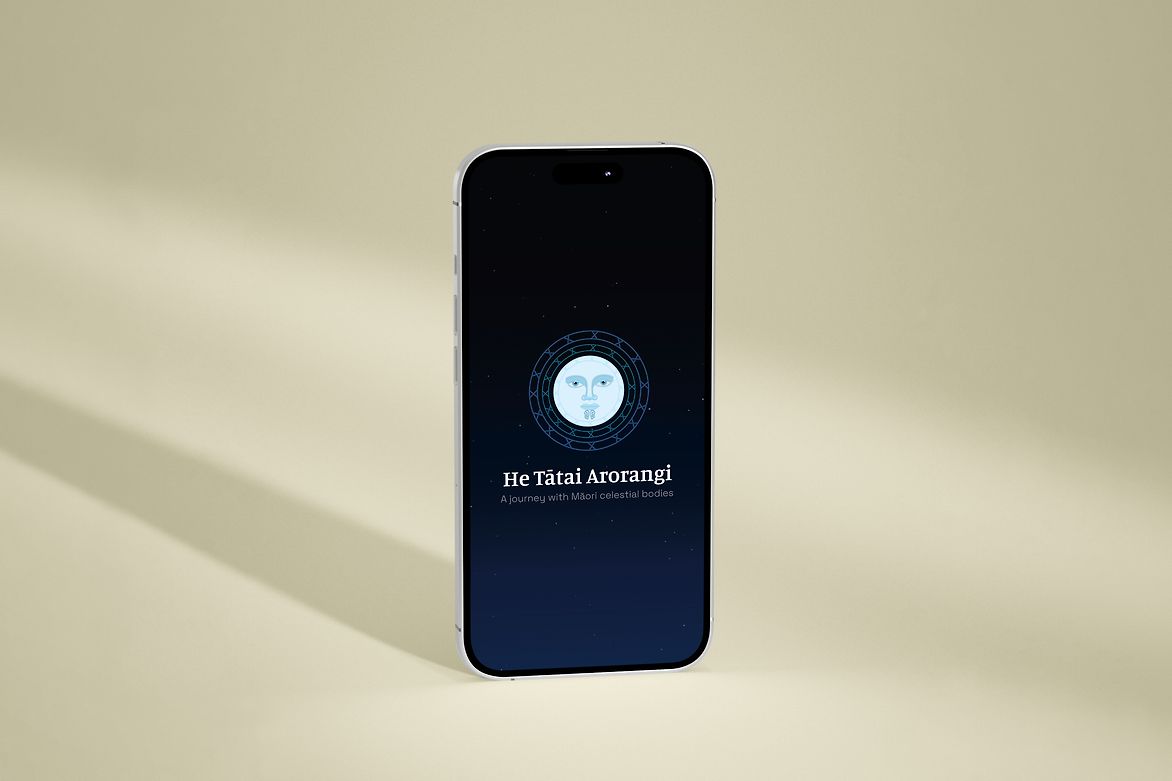
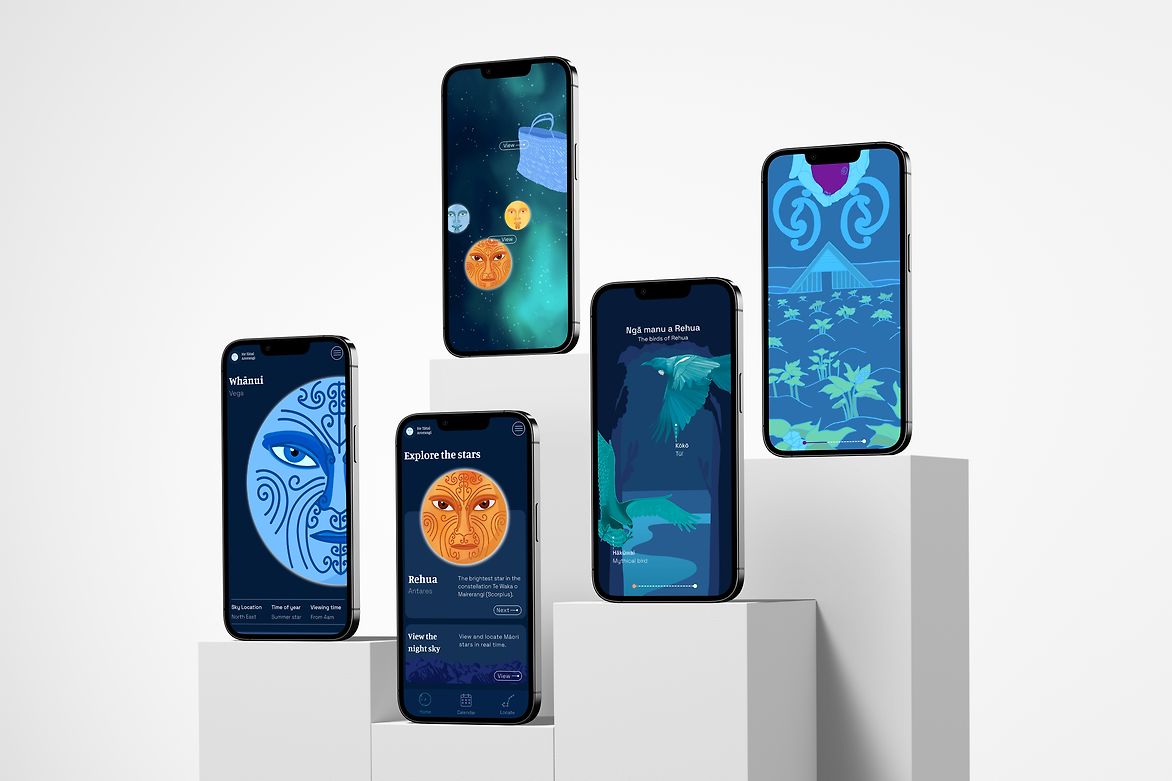
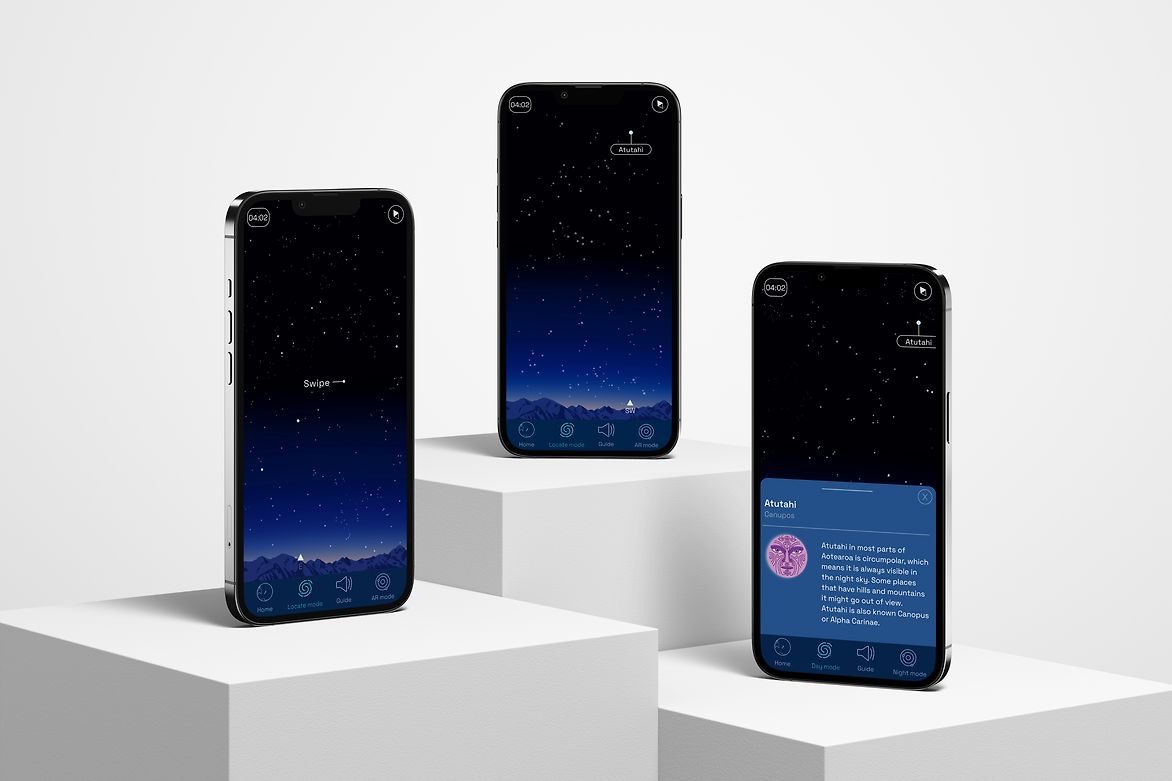
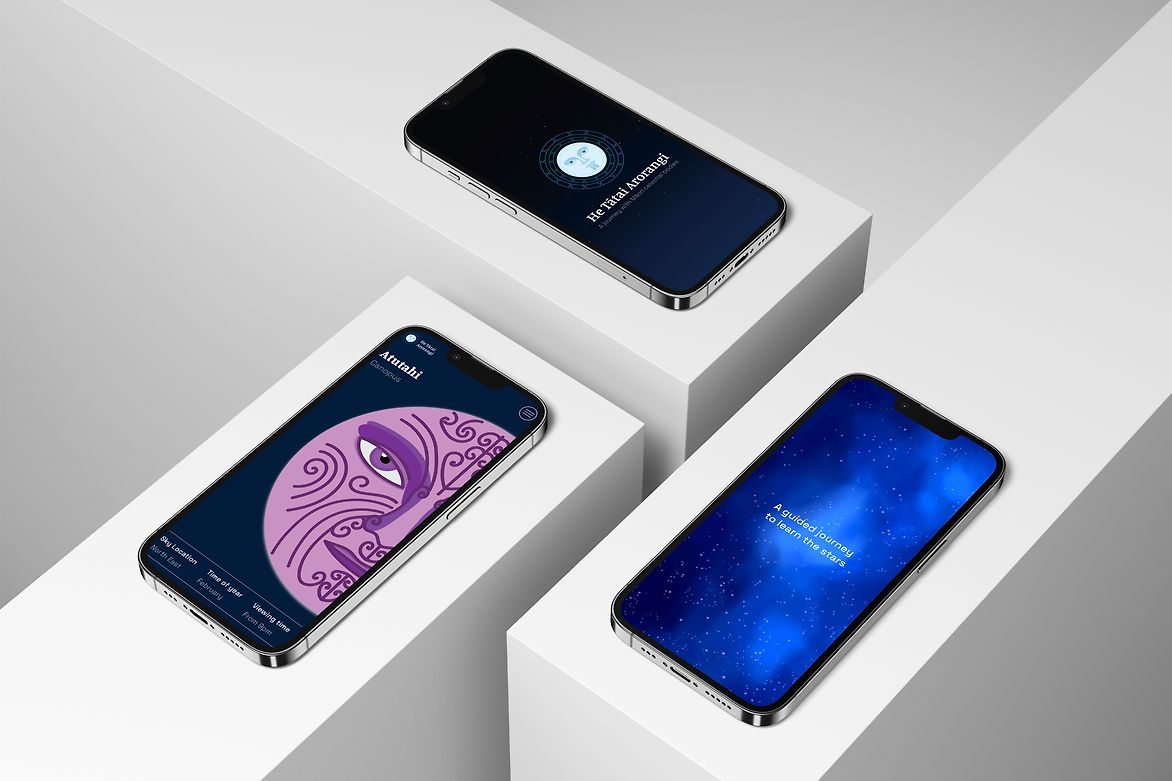
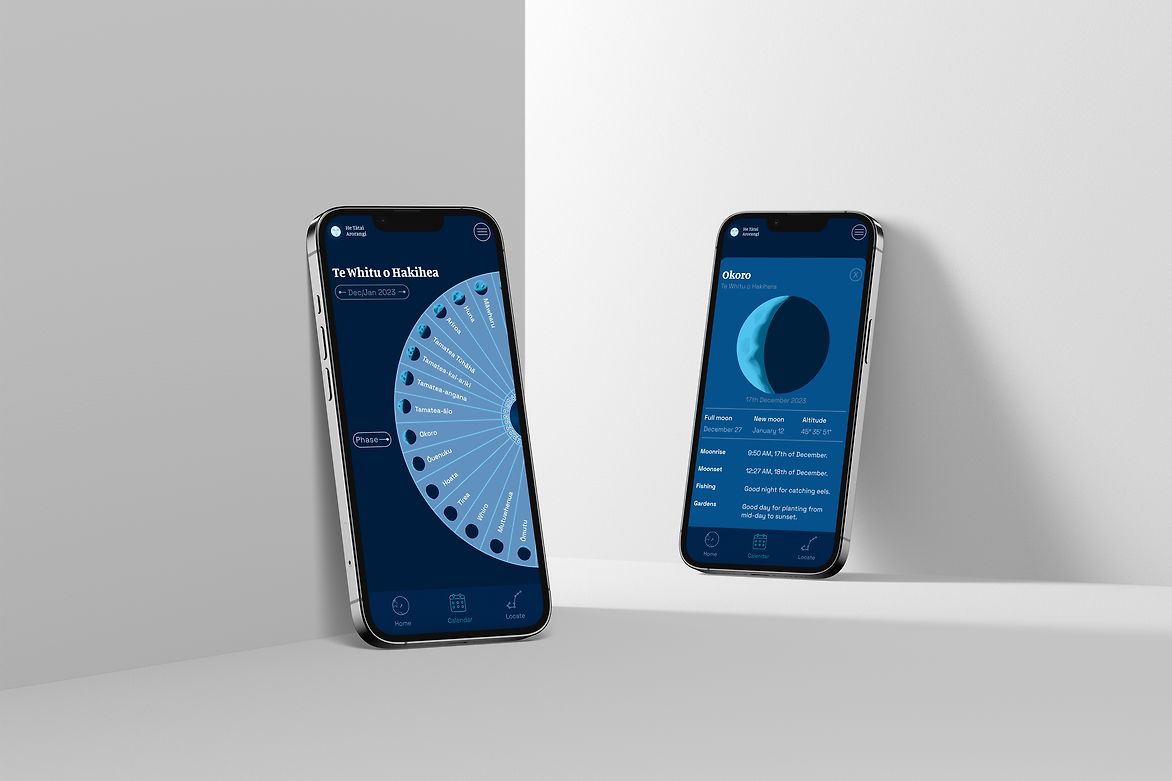
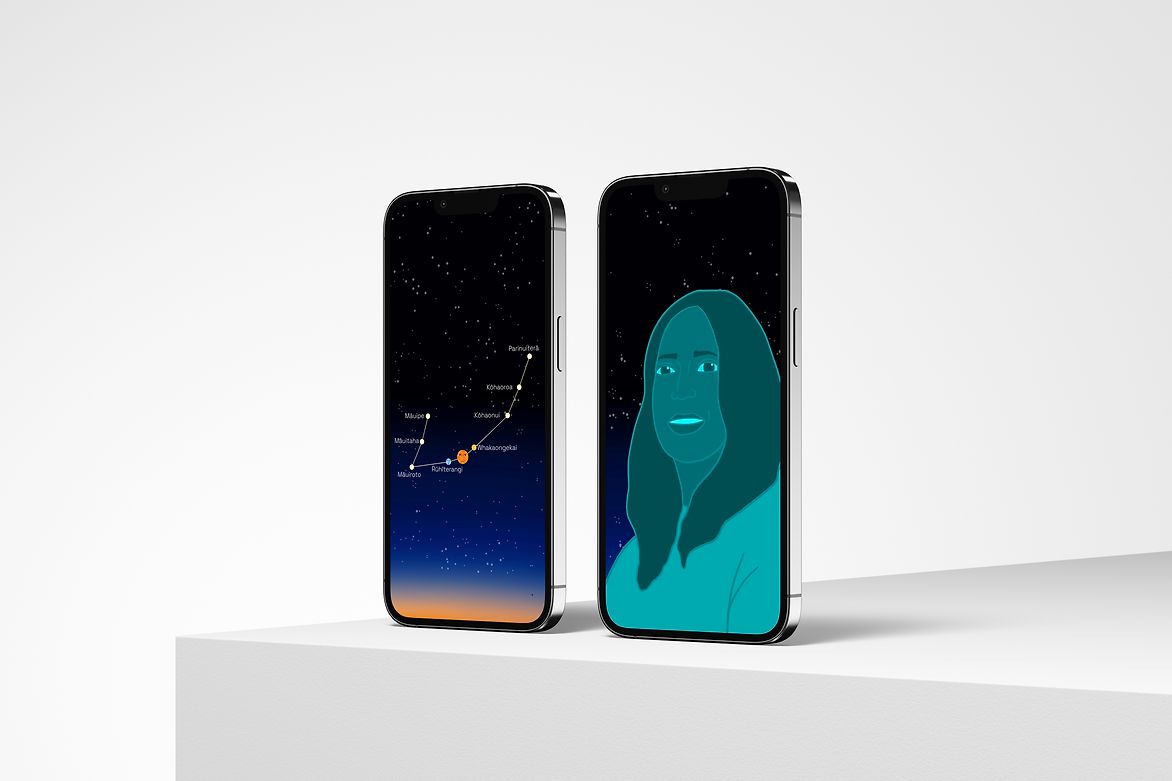
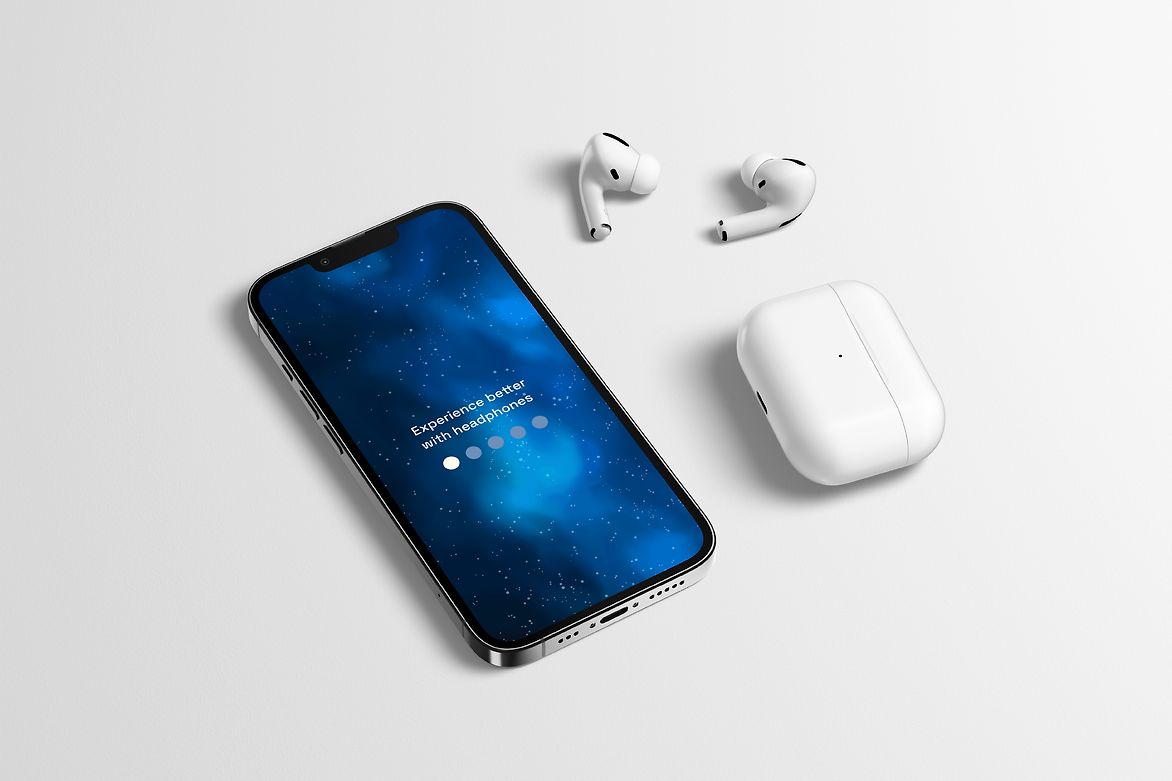
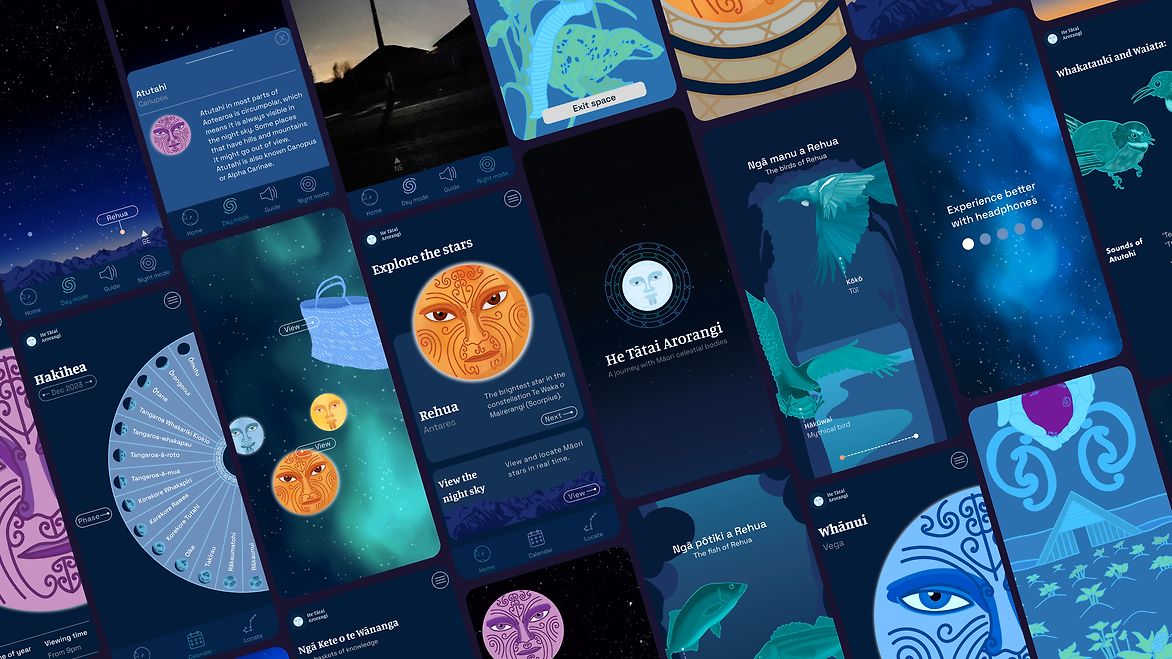
Description:
Over the past few decades, there has been a resurgence in the study and practice of Māori astronomy. The reawakening of this knowledge can be seen in the introduction of the first Indigenous public holiday in the world, Te Rā Aro ki a Matariki / Matariki Observance day in 2022, that celebrates and acknowledges the rising of Matariki (Pleiades), heralding Te Mātahi o te Tau, the Māori New Year. With more than 87% of New Zealanders having some awareness of the meaning of Matariki, there is an urgent need to create resources that align and grow our awareness of Māori astronomy and its connection to the environment.
The project’s target audience (rangatahi - youth) was chosen because they will be our future leaders and holders of knowledge. ‘He tātai arorangi’ is an illustrated app with generalised knowledge on Māori astronomical knowledge, the timing of the sun, stars/seasons and the phases and movement of the moon. The illustrations were used to create a storytelling space to provide introductory information to encourage users to go out and explore the night sky and interact with celestial bodies and the environment.
The maramataka centred section is adapted from the three-year calendar system created by tohunga kōkōrangi Professor Rangi Mātāmua. This is a Māori timekeeping system based on the position of the sun marking seasons, the predawn rising of certain whetū marking the marama and the changing lunar phases marking the day. This feature in the app illustrates how different celestial bodies create unique calendar system scenarios around ecological and seasonal factors.
The interactive section of the app helps the user to identify and locate whetū in the sky. This part of the app has multiple sections to assist users with their learning journey. The ‘Locate’ mode assists the user in finding the exact location of the whetū they are seeking. The time and day function in the ‘Locate’ mode illustrates the positioning of whetū at particular times of the year and the direction they are located. The ‘AR’ night mode section uses augmented reality to label and identify the whetū in your current location. These features provide the user with a range of options to assist them with locating a range of whetū at night in Aotearoa New Zealand. The ‘Guide’ section is voiced by Māori astrophysicist Associate Professor Pauline Harris. This section guides the user through the night sky and helps them locate the specific stars in the night sky without having to read the associated text to enable users to enjoy their stargazing experience.
He tātai arorangi provides a digital storytelling experience for the next generation of Māori astronomers. I wanted to create and share with my peers the beauty and wonder of the night sky to enable them to reconnect with ancestral knowledge and potentially provide opportunities for them to learn about different mātauranga Māori and practices related to nature, the environment and cosmos we live in.
Judge's comments:
The app’s focus on educating and empowering rangatahi, who will carry these teachings forward, is especially commendable. By leveraging interactive elements such as augmented reality (AR) and voice guidance from prominent figures like Associate Professor Pauline Harris, the app makes the content accessible and engaging. The "Locate" mode and "AR" night mode stand out as innovative ways to deepen users' connection with the stars, allowing them to learn both visually and experientially.
The inclusion of the maramataka system, inspired by the work of tohunga kōkōrangi Professor Rangi Mātāmua, is a highlight. It successfully translates Māori lunar and solar calendars into a digital format, allowing users to experience how the movements of celestial bodies intersect with environmental cycles. This not only educates users about Māori astronomy but also reinforces the importance of indigenous timekeeping systems and ecological awareness.
a beautifully crafted resource that meets the urgent need for tools to enhance awareness of Māori astronomy. It successfully merges tradition and technology, offering a digital storytelling experience that is both educational and inspirational.